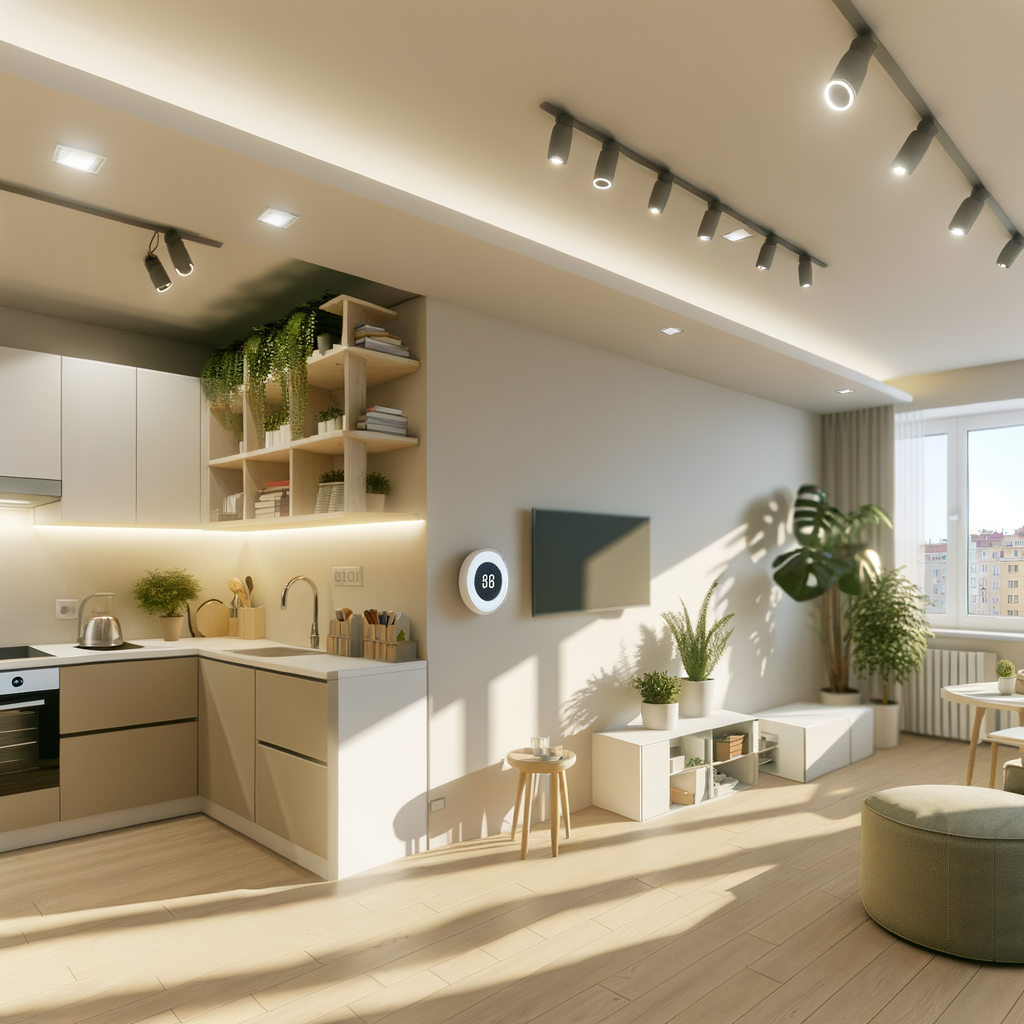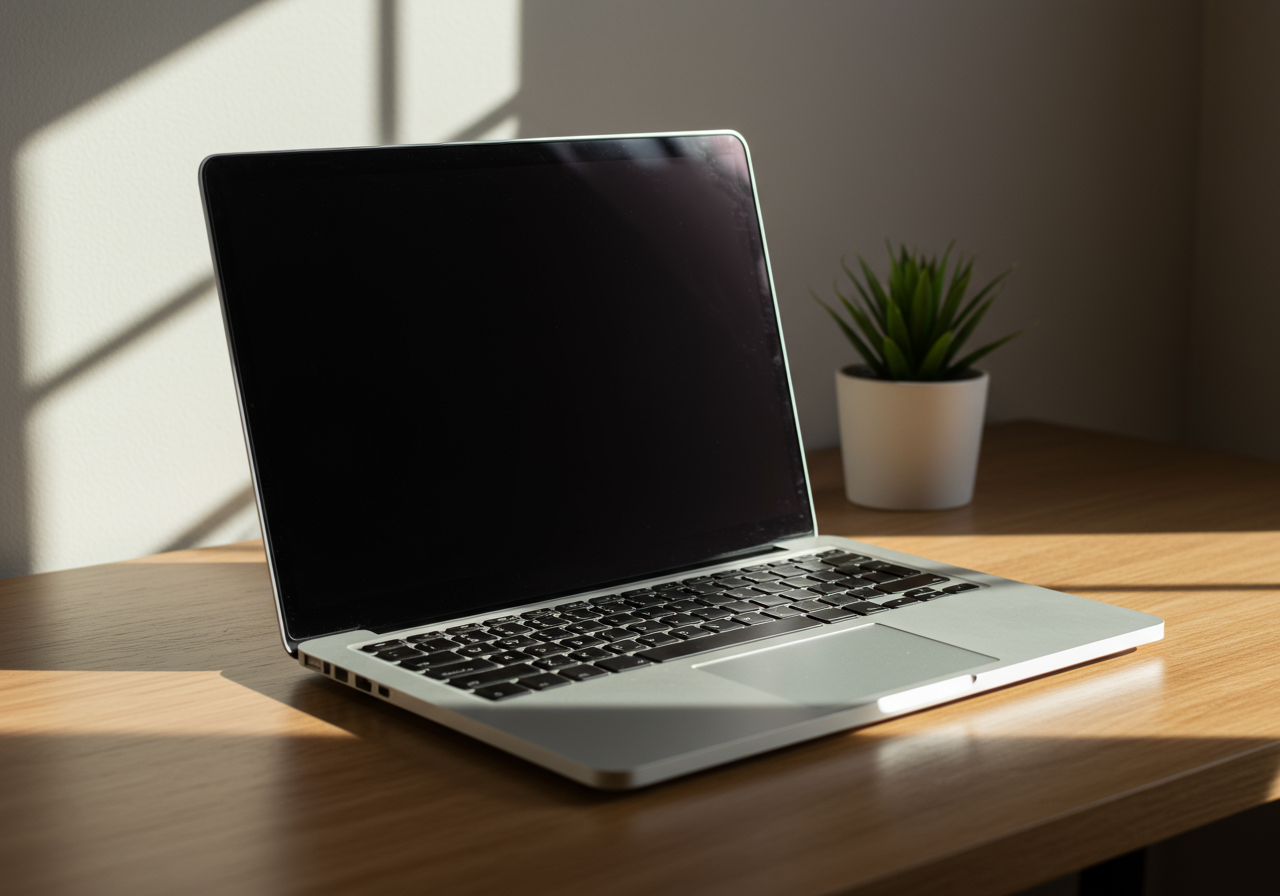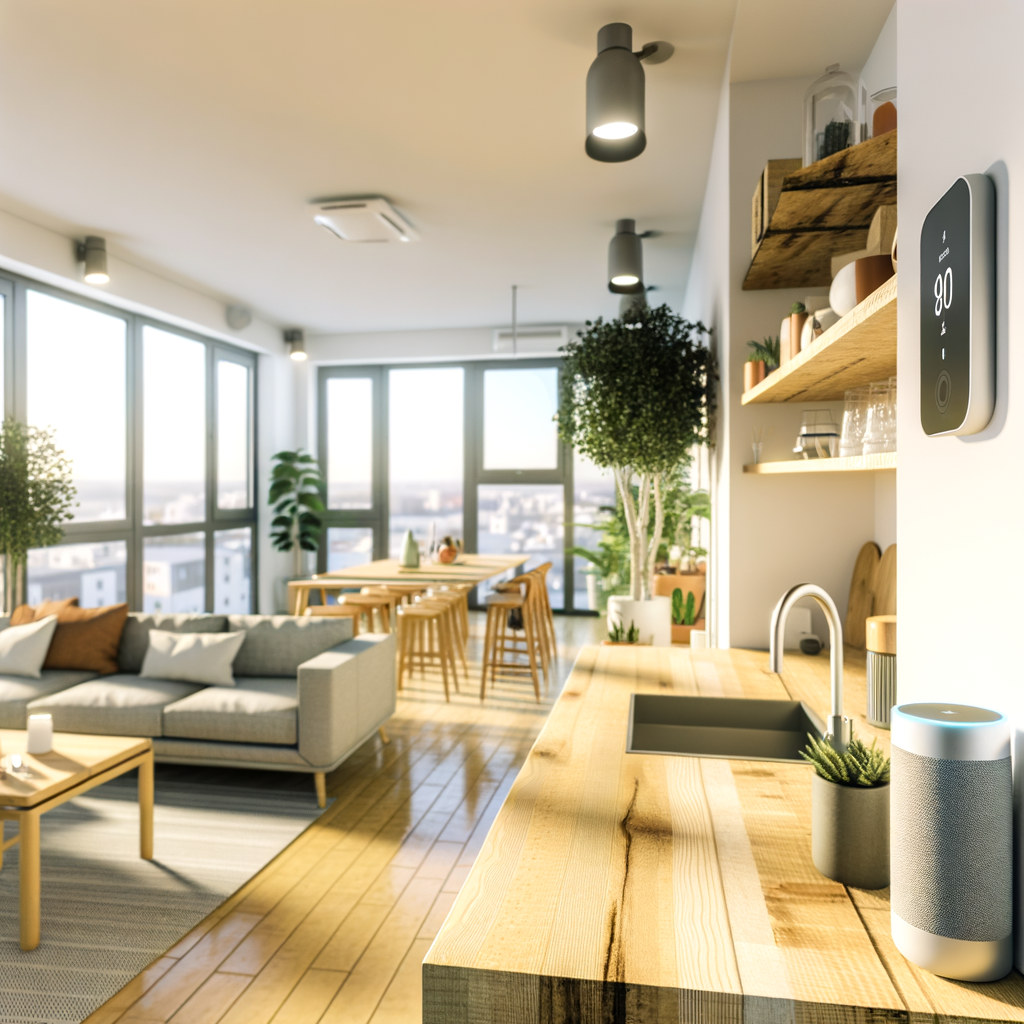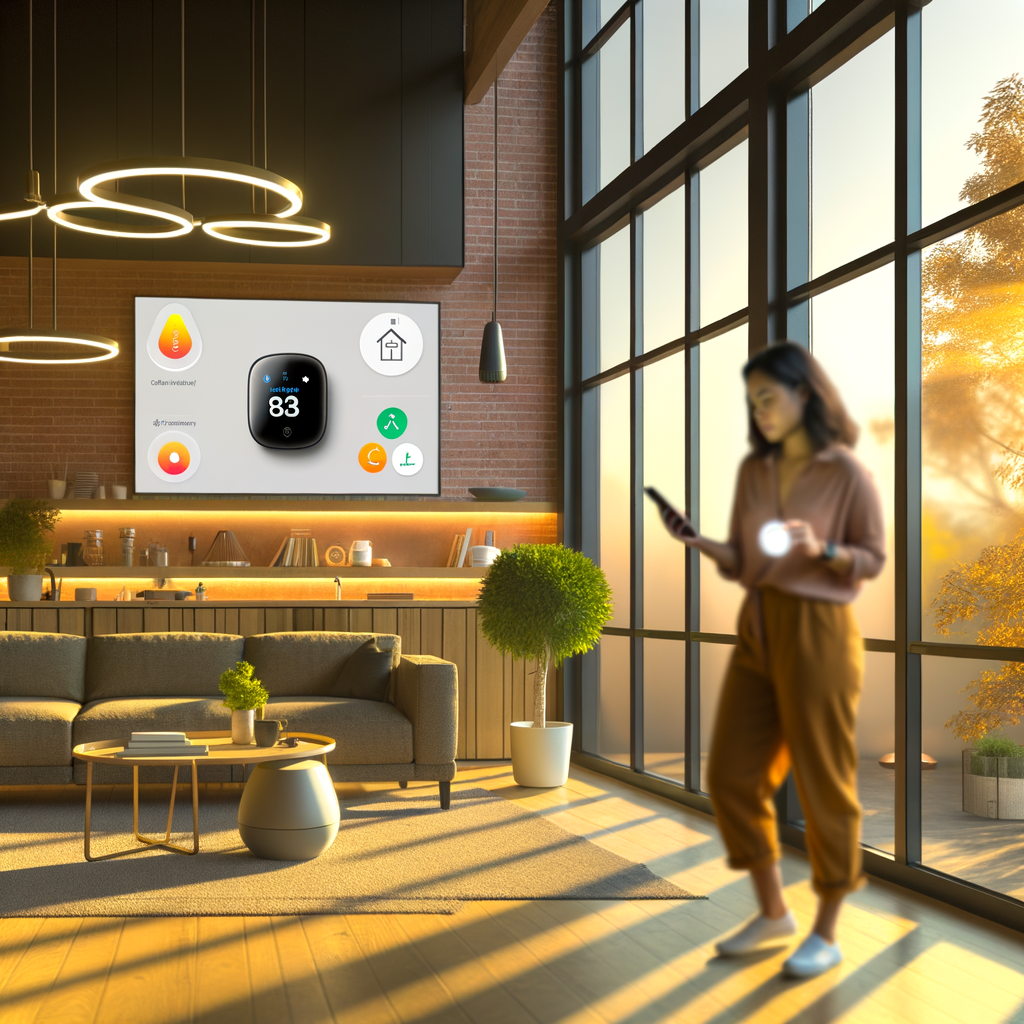How to Build a Smart, Energy-Efficient Apartment on a Renter’s Budget: A Step-by-Step Guide
Eco-friendly living used to seem out of reach for renters, especially if you’re working with a tight budget or aren’t able to make permanent changes to your home. However, technology has put smart, energy-saving solutions right at your fingertips. With a few clever tweaks, you can transform your rented apartment into a green haven—without breaking the bank or violating your lease.
This step-by-step guide will show you practical, affordable strategies for making your apartment smart and energy efficient. We’ll cover gadgets, DIY hacks, and simple behavioral changes. Let’s help you save money, reduce your carbon footprint, and live comfortably in your leased space!
Why Energy Efficiency Matters—And Why Renting Isn’t a Barrier
Renters often assume they can’t make much of an impact on their home’s efficiency. The truth? Every small step adds up. Not only will you reduce your bills, but you’ll also:
- Lower your environmental impact
- Increase comfort (bye-bye, drafts!)
- Enjoy convenient smart-home tech
- Potentially boost your rental’s appeal for lease renewals
The best part: Energy efficiency doesn’t have to mean renovation. Smart upgrades and behavior changes can make a huge difference, even in an apartment—and most can come with you when you move!
Step 1: Do an Energy Audit—It’s Easier Than You Think
Quick DIY Energy Check
Before tossing money at new gadgets, find out where you’re losing energy (and cash). Try this simple audit:
- Windows and Doors: Feel around for drafts. Can you see daylight in closed door frames?
- Lights: Are old, inefficient bulbs still in use?
- Outlets: Touch electronics. Are they warm even when off?
- Power Strips: Do you leave many gadgets plugged in 24/7?
If you’d like to get fancy, many utility companies offer free or discounted smart plug kits or energy meter rentals—just ask!
Step 2: Upgrade Your Lighting—Let LEDs and Smart Bulbs Lead the Way
Lighting is a beginner-friendly upgrade with immediate benefits:
- Swap old bulbs for LEDs: They last years, use 75% less energy, and won’t overheat your space.
- Add smart bulbs: Many screw into a standard fixture with no installation needed.
- Try smart switches or sensors: Battery-powered models add automation without electrician fees.
Pro Tip:
Dimmable smart LEDs let you set the perfect mood while shaving off extra wattage.
Step 3: Slash “Phantom Load” With Smart Plugs and Power Strips
Did you know your devices sip power even when off? This “phantom load” can be 5-10% of your bill. The solution:
- Smart plugs: Plug these between the outlet and your lamp, fan, or TV. Set schedules or use your phone (and monitor energy use, too!).
- Energy-saving power strips: Some sense when a device is truly off and automatically cut power.
- Dedicated shutdown for home office setups: Group your PC, printer, and monitor on a smart strip for one-tap savings.
What To Look For:
- Wi-Fi control (for remote access)
- Energy monitoring features
- Timer or schedule options
Step 4: Optimize Heating and Cooling Without Changing Your HVAC
Most apartments limit your thermostat options—but you can make a big difference with simple tricks and renter-friendly tech.
For Central or Window Units:
- Use a smart AC controller: Devices like Sensibo or Cielo work with remote-controlled ACs to set schedules from your phone.
- Block drafts with weatherstripping: Removable, affordable insulating tape or foam blocks cold air at windows and doors.
- Hang thermal curtains: Easy to install, they keep heat in during winter and the sun out in summer.
- Use a fan smart plug: Schedule or automate a portable fan to circulate air only when needed.
For Portable Heaters:
- Smart plugs or energy monitors: Cut off power when you leave or during sleeping hours.
- Always block drafts to maximize efficiency.
Bonus:
Rug it up! Area rugs provide insulation for cold floors—no installation required.
Step 5: Tame Your Appliances With Eco-Friendly Habits and Smart Tools
Kitchen Sense
- Only run the dishwasher when full.
- Air-dry dishes: Just pop open the door at cycle’s end.
- Use “eco mode” if your appliances have it.
- Microwave or use toaster ovens for small meals—they heat faster and use less energy than the stovetop.
- Install a faucet aerator: These affordable screw-on tips cut water usage without affecting pressure.
Laundry Wisdom
- Wash with cold water unless sanitation is needed.
- Use dryer balls: They cut drying time and soften clothes naturally.
- Dry clothes on a rack when possible—no installation needed.
- Clean lint filters each cycle for maximum efficiency.
Bathroom Smarts
- Install a water-saving showerhead: Choose a model with no-permanent fitting or get approval from your landlord.
- Turn off the tap while shaving or brushing teeth.
- Install a smart plug for hair dryers/flat irons: Schedule shut-off or control from your phone for safety and savings.
Step 6: Embrace Smart Sensors and Voice Assistants (Even for Renters!)
Smart home doesn’t mean ripping out walls or expensive rewiring. Thanks to wireless tech, you can deploy affordable, renter-friendly solutions:
- Smart sensors: Battery-powered motion or door/window sensors alert you if you left a door open or turn off lights when rooms are empty.
- Voice assistants (like Amazon Echo or Google Nest): Control your lights, plugs, and schedule routines all by voice—no rewiring needed.
- Smart thermostatic radiator valves (TRVs): For apartments with radiator heat, some smart valves work without plumbing changes.
Integrate and Automate
Stick with one platform (Google, Amazon, Apple) for best compatibility, and unlock even more automation:
- “Goodnight” routines to shut down all lights and power strips
- Geo-fencing to turn off/on devices as you enter or leave home
- Energy use monitoring reports delivered to your phone
Step 7: Communicate With Your Landlord
What’s Smart to Ask For?
You might be surprised at how receptive some property managers are to small upgrades. It never hurts to ask for:
- Permission to swap out light fixtures or shower heads (and to keep the old ones for move-out)
- A draft check and request for weatherstripping or window treatments
- Inclusion of energy efficiency in future upgrades—many owners love improvements that cut utility costs
Step 8: Get Rebates and Rewards
Take advantage of utility or government programs that help renters afford energy-saving gear:
- Ask your utility: Many offer free smart thermostats, LED kits, or water-saving fixtures for qualifying renters.
- Look for local and federal tax credits for products like smart plugs or energy monitors.
- Some cities




